- In Stock with Fast, Nationwide Delivery
- All Pine Beds Heavy Duty, Can be Used by Adults
- All Beds In Stock With Fast Delivery
- Buy Direct, No Middleman or Cheap Imports here
Heavy Duty Pine Bunk Beds and Bed Frames in Stock, Made in the UK
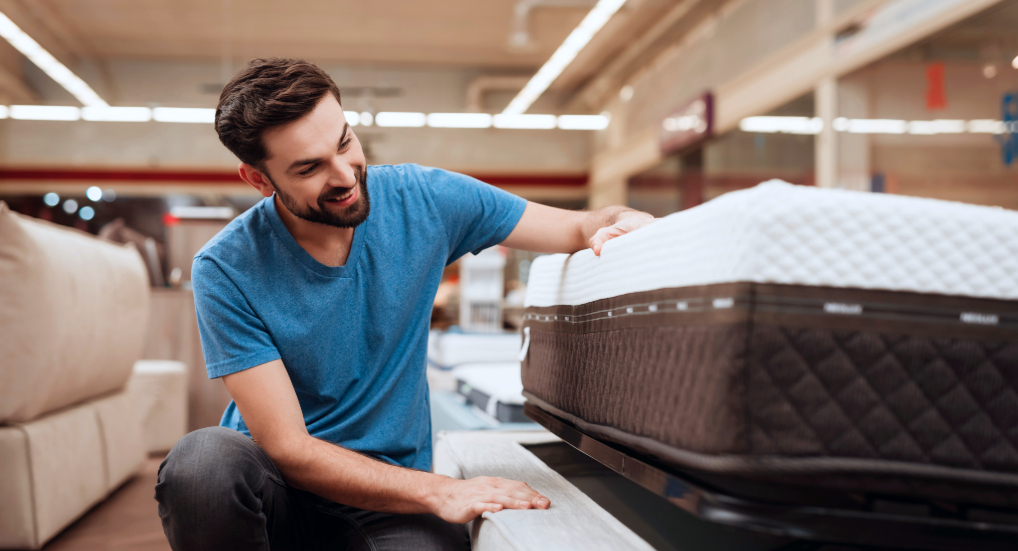
Tired of drowning in mattress myths and sales pitches? At Strictly Beds and Bunks, we believe in simple sleep solutions. That’s why we’ve created a quick and easy guide to ‘which mattress is right for me?’. We’ve been matching people to beds for decades, and we’ve had zero complaints so far. So, let’s ditch the confusion and find your perfect sleep solution!
Is your current mattress giving you the cold shoulder (literally)? If you’re waking up feeling like you ran a marathon in your sleep, it’s probably time for a new one. Most mattresses last around 10 years, but here are some signs that you need a change:
If you answered yes to any of these, it’s time to ditch the old and embrace the new!
We all have different bodies and sleep styles, but the good news is that there are really only 6 types of adult mattresses. Children’s mattresses are pretty similar except that their profile tends to be slimmer (between 12-20cm) to fit smaller beds. Let’s take a look at the range of options, and what each one offers that is distinct:
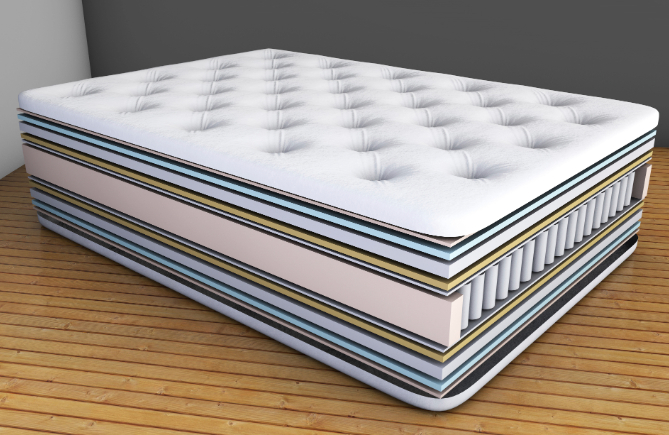
• Think: The best of both worlds – coils for support, foam for comfort.
• Best for: Anyone who wants a balance of bounce and pressure relief.
• Not for: Those on a tight budget (hybrids tend to be pricier).
• Think: Individually wrapped springs for personalised support so it’s easy to find your perfect sleep position, without keeping your partner awake.
• Best for: Couples, restless sleepers, and those who want a cushioned yet supportive feel.
• Not for: Budget-conscious buyers (pocket sprung mattresses can be on the pricier side), or those who crave plush, sinking comfort.
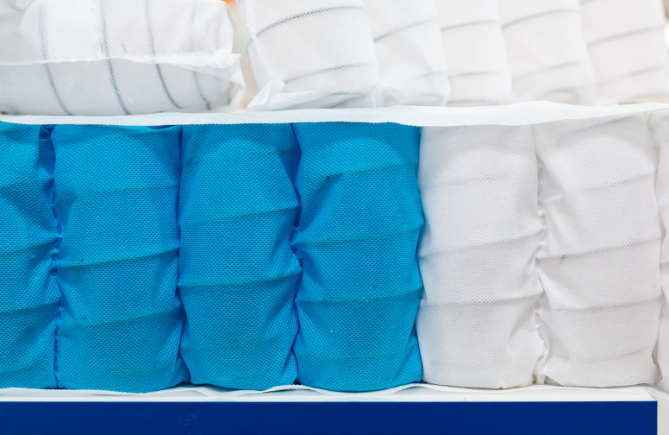
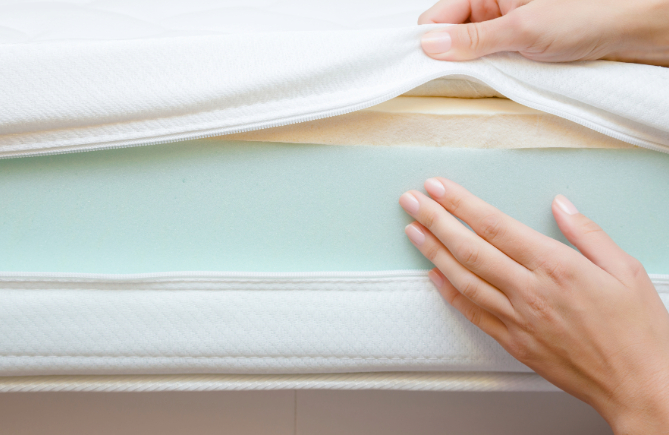
• Think: A hug in mattress form, conforming to your body for pressure-relieving comfort.
• Best for: Side sleepers, pain sufferers, and those who love a plush, sink-in feel.
• Not for: Hot sleepers (memory foam can trap heat) or those who prefer a bouncy, responsive mattress.
• Think: Eco-friendly materials like latex and wool for a breathable, supportive sleep.
• Best for: Eco-conscious sleepers, allergy sufferers, and those who want a naturally responsive feel.
• Not for: Budget-conscious buyers (natural mattresses can be expensive) or those who prefer a softer, conforming mattress.
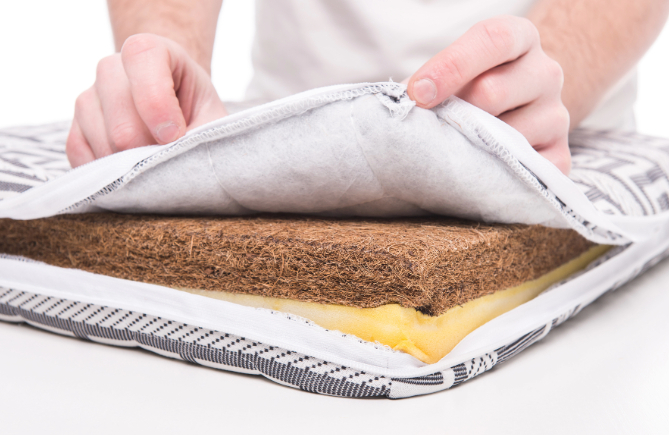
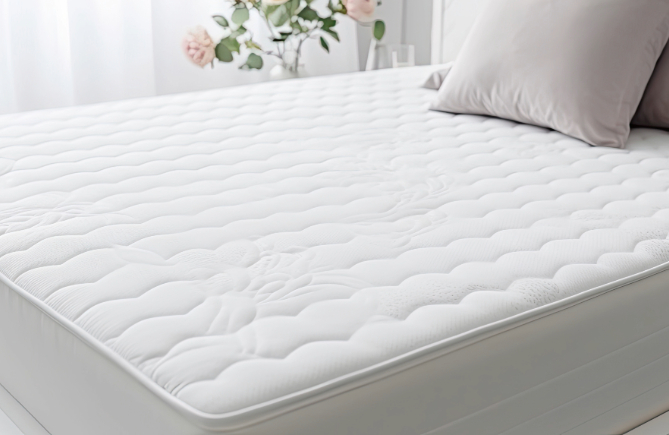
• Think: Targeted support for back pain and pressure points, often featuring firmer zones.
• Best for: Back and stomach sleepers, pain sufferers, and those who need extra spinal alignment.
• Not for: Side sleepers or those who prefer a softer feel.
• Think: Two single mattresses joined together, perfect for adjustable beds or couples with different preferences.
• Best for: Couples with different sleep needs, adjustable bed owners, and those who want flexibility.
• Not for: Single sleepers or those who prefer a traditional, one-piece mattress.
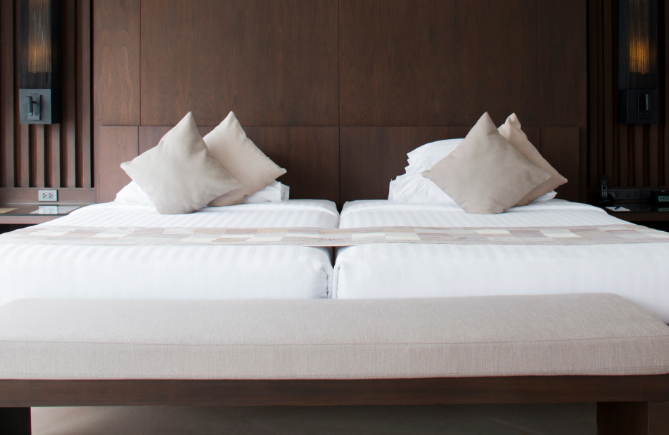
Choosing the right mattress can feel like navigating a maze of marketing claims and conflicting advice. We’re here to bust some common mattress myths.
This outdated advice might have applied to old-fashioned mattresses filled with straw or wool, but modern mattresses are designed for one-sided use. Flipping them can damage the layers and shorten their lifespan. So, save your back and stick to rotating your mattress 180º degrees every few months for even wear.
Price tag isn’t everything. While some luxury mattresses offer premium materials and advanced features, you can find excellent mattresses at a range of price points. Focus on finding one that meets your individual needs and comfort preferences, rather than chasing the highest price tag. Research different brands, read reviews, and test mattresses in stores before making a decision.
The “8-year rule” is a general guideline, not a hard and fast deadline. The lifespan of your mattress depends on several factors, including its quality, your sleep habits, and how well you care for it. A high-quality mattress properly cared for can last for 10-15 years, while a cheaper one might need replacing sooner. Pay attention to signs of wear and tear, like sagging, lumps, or discomfort, and replace your mattress when it’s no longer supporting you properly.
An article in the Journal of Clinical Sleep Medicine found that medium-firm mattresses with pocket springs and high-density foam offered similar improvements in pain and sleep quality as firm mattresses for participants with chronic back pain. So, choose a mattress that feels comfortable and supportive for you. Talk to your doctor for recommendations based on your specific needs and pain points. Don’t be afraid to try different firmness levels and materials to find your perfect mattress!
By debunking these myths, you can approach mattress shopping with confidence and choose the perfect product for your needs. Remember, the best mattress is the one that makes you feel most comfortable and supported, leading to a deep, untroubled sleep and a refreshed morning.
Looking for a mattress that can be used with bunk beds? Strictly Beds and Bunks has a selection of mattresses, all of which are suitable for use on bunk beds, or other types of bed frames. Need more information? Contact us today.
Sign up for exclusive deals
Receive exclusive voucher codes or product launch details
We won’t bombard you with emails and you can unsubscribe at any time